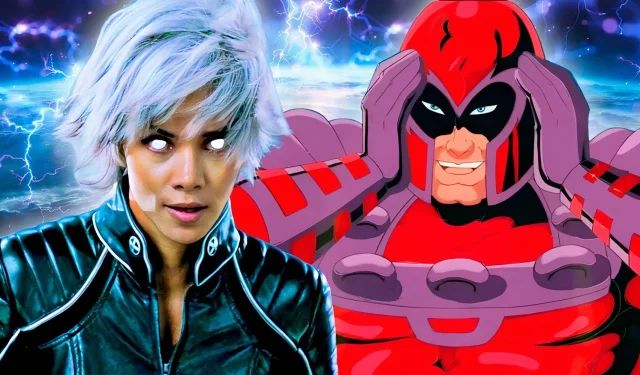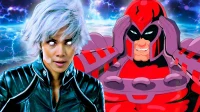The X-Men franchise significantly shaped the superhero film genre in the early 2000s, but its roots extend back to X-Men: The Animated Series, which aired from 1992 to 1997. This groundbreaking Marvel animated series not only captivated younger viewers with its intricate depiction of the mutant universe but also laid the groundwork for some of the franchise’s most memorable narratives and visual moments. It’s remarkable how many iconic scenes in the film series were inspired by the animated counterpart, often with surprisingly faithful adaptations.
While Fox’s live-action X-Men films drew from an extensive comic book legacy, the impact of X-Men: The Animated Series is frequently underestimated. For countless fans, the series served as their initial introduction to beloved characters such as Rogue, Gambit, and Cyclops. Its episodic storytelling format, particularly in arcs like the “Phoenix Saga” and “Days of Future Past,” turned out to be an essential stepping stone for cinematic storytelling. The animated series also adeptly tackled profound themes like identity, discrimination, and sacrifice—elements that would later become fundamental to the film adaptations.
10. Magneto Catching the Blackbird
X-Men: TAS Season 1, Episode 13 “Final Decision”& X2: X-Men United
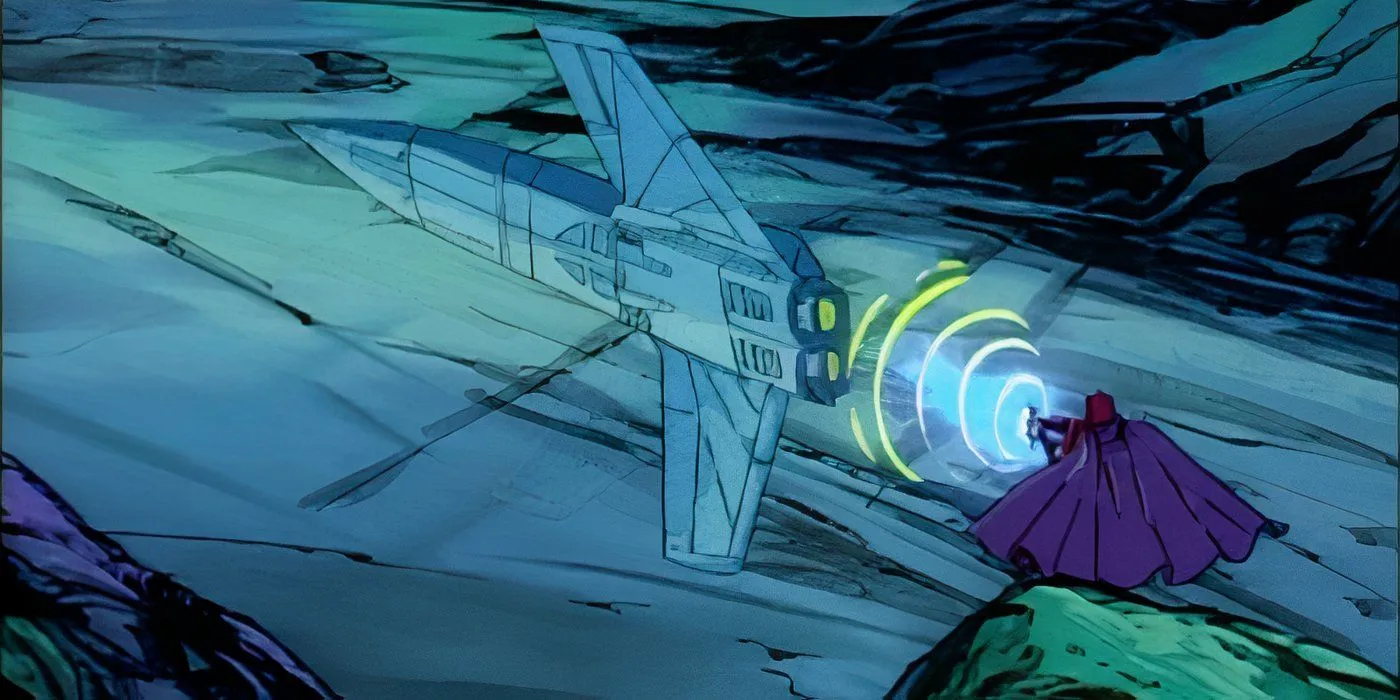
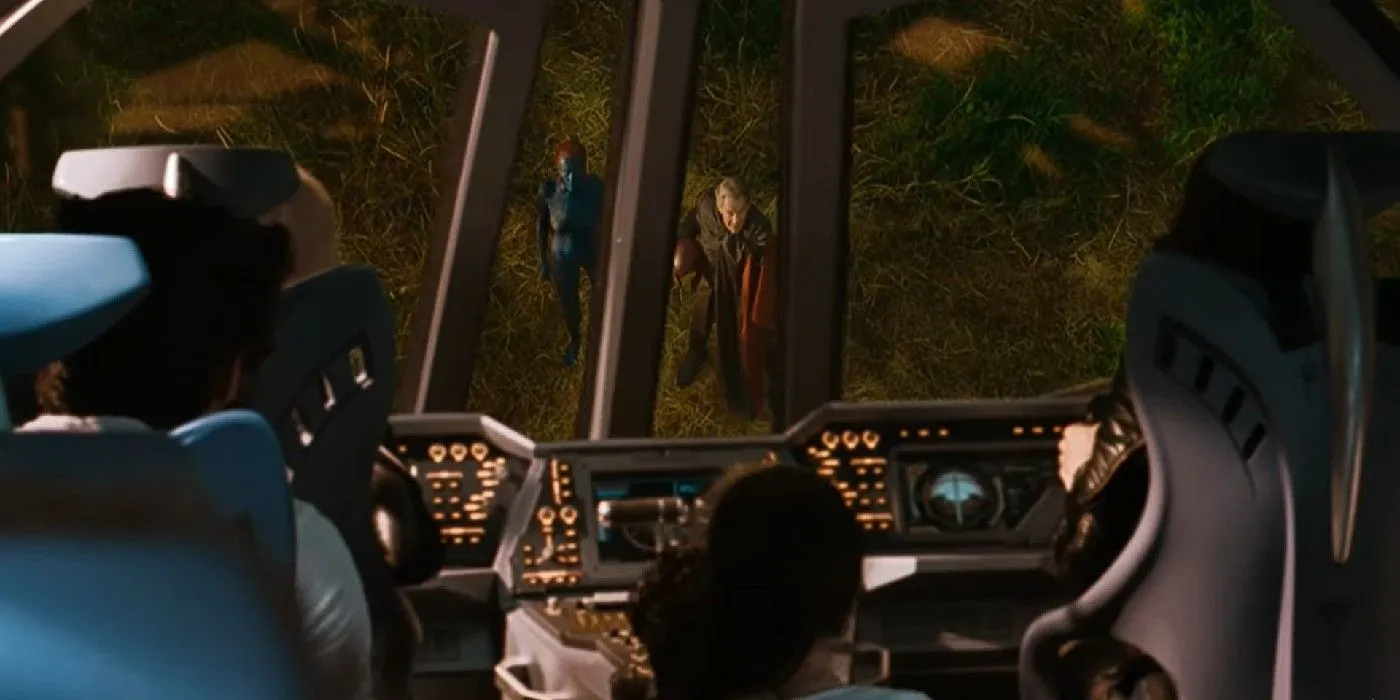
In one of the most memorable moments from X2: X-Men United (2003), Magneto heroically saves the Blackbird jet from crashing, showcasing his immense powers. This parallels a pivotal scene from the animated series season 1 finale, “Final Decision,”where Magneto intervenes during a battle with Master Mold, rescuing Xavier as he falls from the sky. The emotional resonance of Magneto’s rescue—”Did you think I would let you die alone, Xavier?” —is captured beautifully in both versions, though the animated scene is often regarded as having greater emotional heft, reflecting a significant evolution in Magneto’s character.
9. Jean Grey Is Possessed By The Phoenix
X-Men: TAS Season 3, Episode 4 “The Phoenix Saga, Part II: The Dark Shroud” & Dark Phoenix
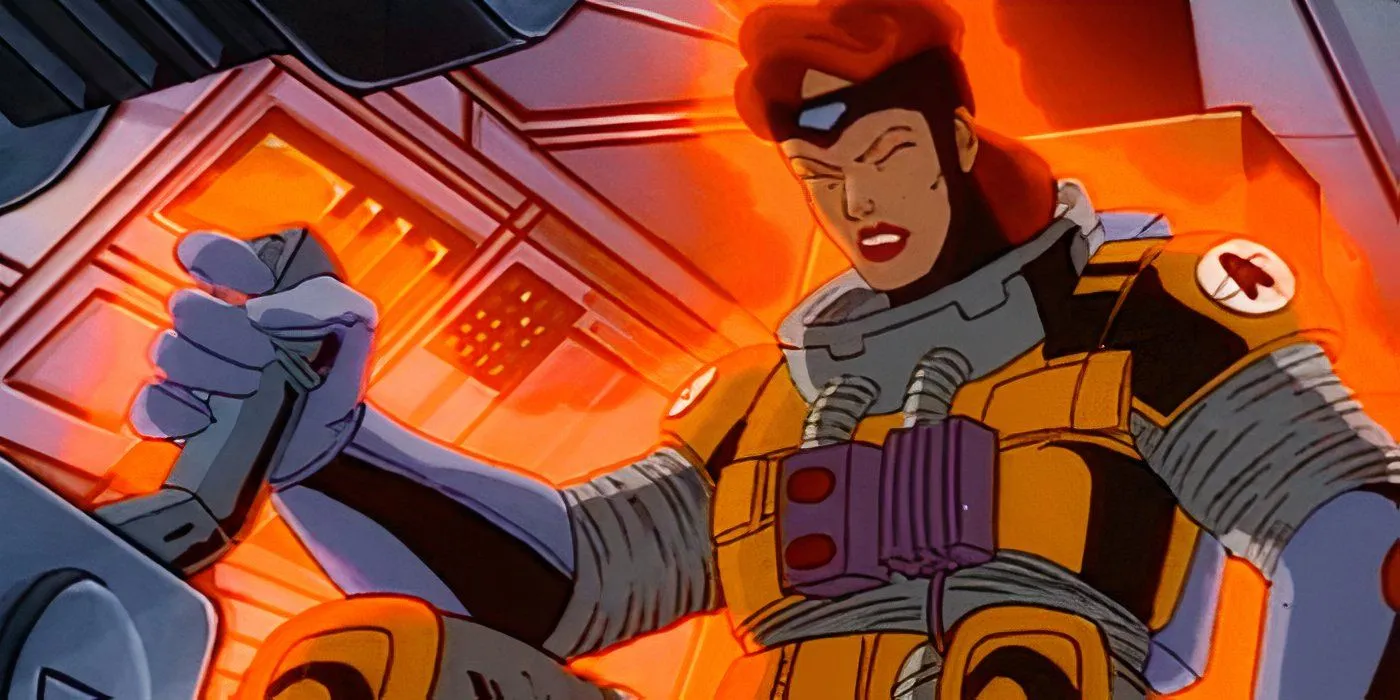
The 2019 film adaptation of the “Dark Phoenix Saga” received mixed reviews, often overshadowed by earlier interpretations. In the animated series, Jean Grey’s possession by the Phoenix Force during a space mission is depicted with more emotional depth than in the movie. The animated version portrays Jean’s struggle while piloting a spacecraft, and despite its simpler visuals, it captures the essence of her tragic transformation far better than the cinematic retelling. This disparity is a testament to the animated series’ ability to foster a deep connection between audiences and its characters.
8. Xavier Walks
X-Men: TAS Season 3, Episode 4 “The Phoenix Saga, Part II: The Dark Shroud” & Dark Phoenix
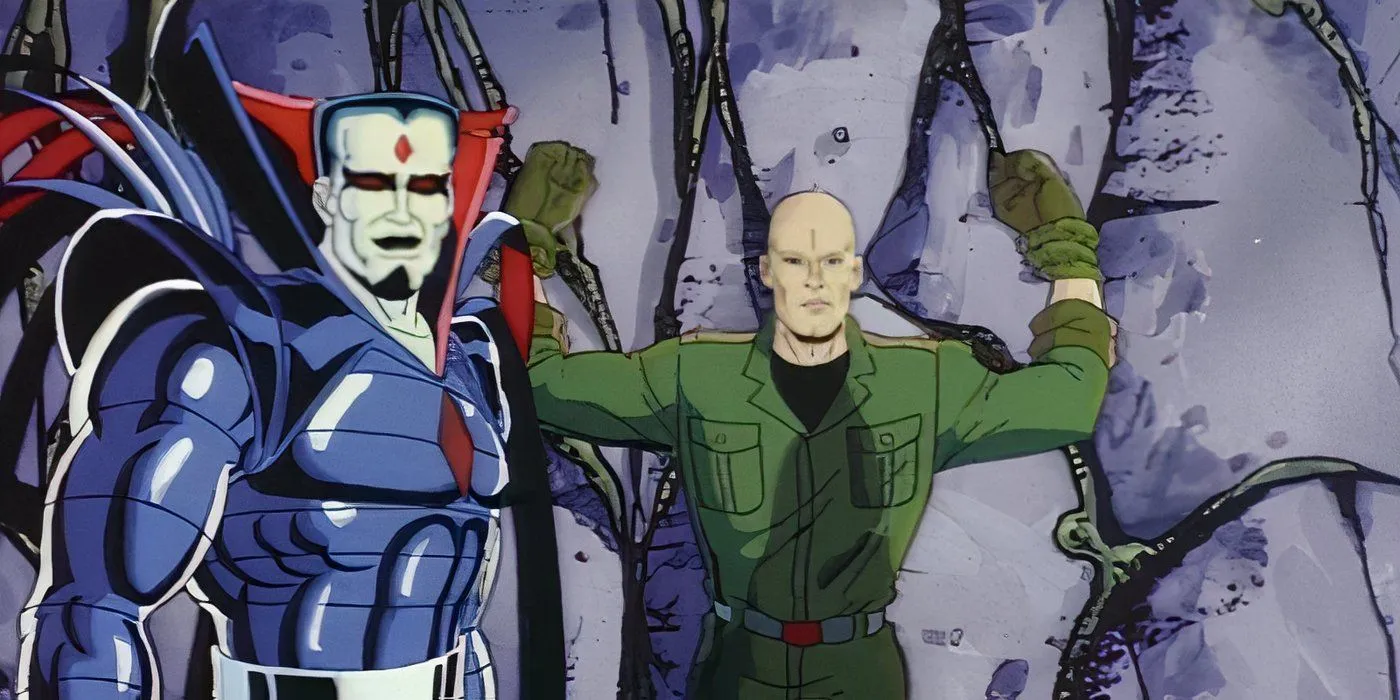
In a strikingly similar moment from Dark Phoenix (2019), Jean’s telekinesis allows Charles Xavier to walk, signaling her newfound power. Conversely, X-Men: TAS explores the darker side of the Phoenix Force, presenting a scene where Xavier’s astral project is projected to walk—demonstrating the Phoenix’s overwhelming influence. This depiction enriches the narrative and further develops the characters, showcasing the depths of their powers and their moral conflicts.
7. The X-Men Team Up With Magneto
X-Men: TAS Season 1, Episode 13 “The Final Decision” & X2: X-Men United & X-Men: Days of Future Past

The collaboration between the X-Men and Magneto is a recurring theme in the cinematic universe, first notably appearing in X2 and revisited in X-Men: Days of Future Past. However, this complexity was initially explored in *X-Men: The Animated Series* during its season 1 finale, “The Final Decision.” Magneto’s reluctant alliance with the X-Men to combat Master Mold’s Sentinels highlights the ideological clashes and mutual respect between him and Professor X, an essential cornerstone that the later films continued to evolve.
6. Days Of Future Past
X-Men: TAS Season 1, Episodes 11-12 “Days Of Future Past” & X-Men: Days Of Future Past

The celebrated film X-Men: Days of Future Past (2014) draws its narrative from the iconic comic series and roots itself in the animated adaptation from the 1990s. In *X-Men: TAS*, the story follows Bishop, who travels back in time to avert the impending doom faced by mutants. Both versions depict a dark future dominated by Sentinels, with haunting imagery that resonates emotionally, showcasing how the animated series was ahead of its time in adapting profound comic storylines into compelling visual narratives.
5. Apocalypse Takes Control Of Xavier’s Telepathy
X-Men: TAS Season 4, Episode 21 “Beyond Good And Evil, Part IV: End And Beginning” & X-Men: Apocalypse
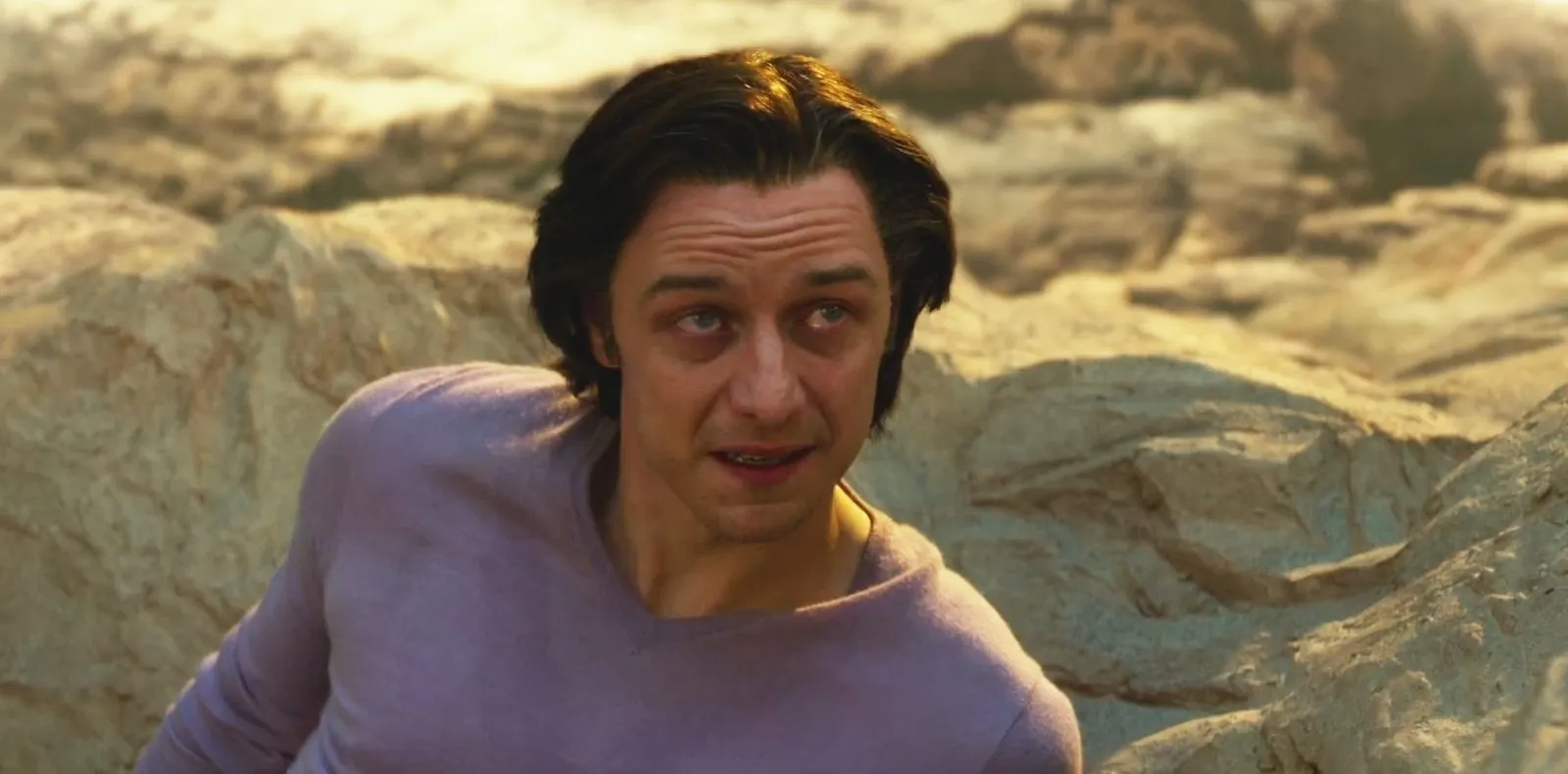
In the animated series, the finale “Beyond Good and Evil”explores Apocalypse’s nefarious abduction of Xavier, using his psychic prowess to orchestrate a grand scheme. This concept, while elaborate, parallels the 2016 film *X-Men: Apocalypse*, portraying the repercussions of Xavier’s powers falling into villainous hands and highlighting how, even decades apart, these themes resonate powerfully in both series.
4. Rogue Seeks A Mutant Cure
X-Men: TAS Season 1, Episode 9 “The Cure” & X-Men: The Last Stand
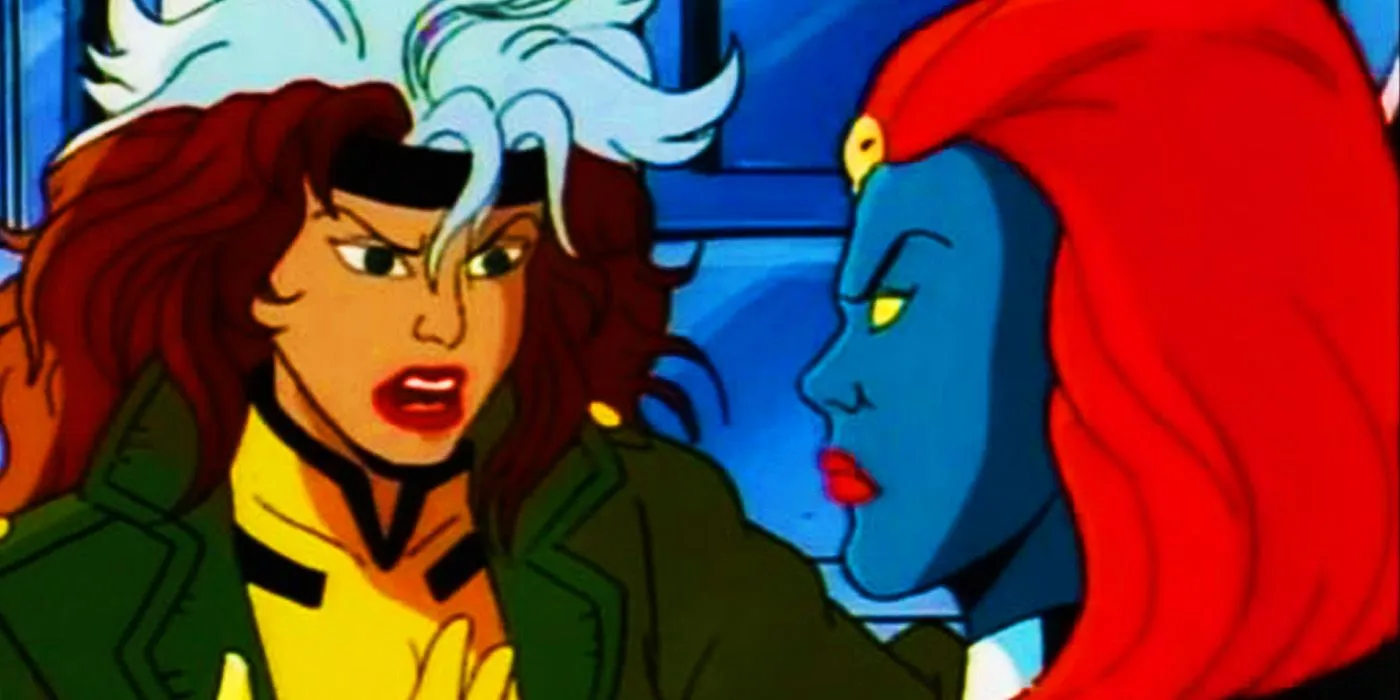
The theme of choosing between one’s identity and normalcy is poignantly explored through Rogue’s character arc in both X-Men: The Animated Series and its film counterpart, X-Men: The Last Stand. In the animated series, her struggle with her powers culminates in a quest for a “mutant cure,”symbolizing her internal conflict and quest for belonging. This deeper emotional exploration is something that *The Last Stand* fails to fully capture, showcasing how the animated series laid the groundwork for character development in the franchise.
3. Storm Fights Callisto
X-Men: TAS Season 1, Episode 5 “Captive Hearts” & X-Men: The Last Stand
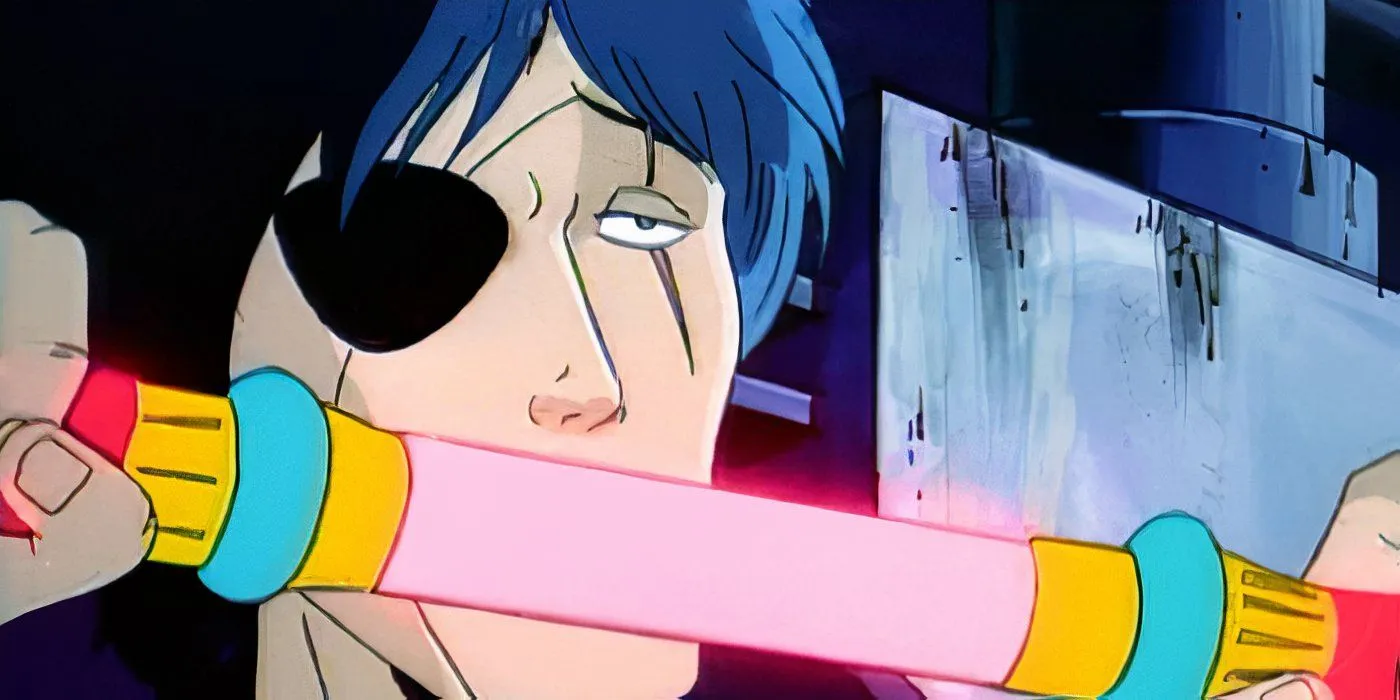
While *The Last Stand* hinted at Storm’s clashes with Callisto, it was X-Men: The Animated Series that delivered a formidable duel in “Captive Hearts.”Much like in the comics, Storm earns her place by conquering Callisto, showcasing her strength and leadership. The live-action adaptation’s approach to these themes didn’t encapsulate the essence of their rivalry, which the animated version powerfully depicted, providing depth and dynamic character interactions long before the films attempted similar arcs.
2. Wolverine Slices Up Sentinels
X-Men: TAS Season 1, Episode 2 “Night Of The Sentinels, Part II” & X-Men: The Last Stand
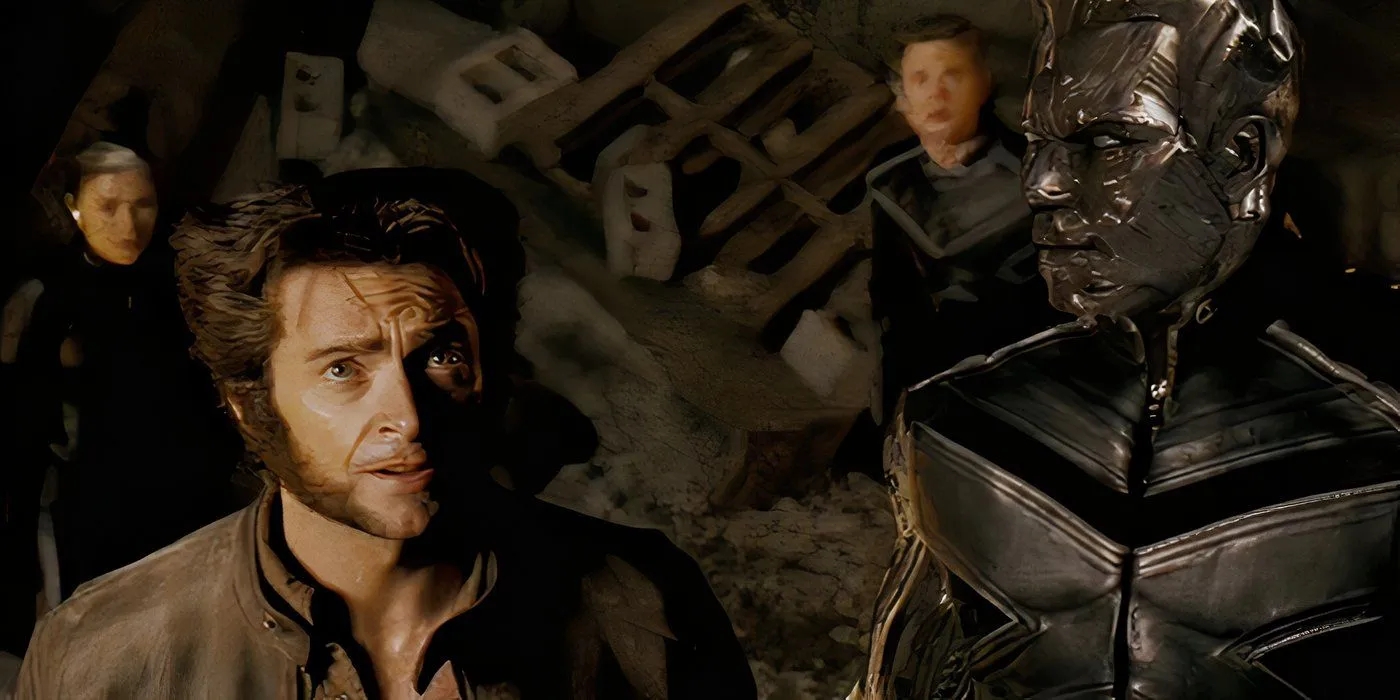
Action sequences are a hallmark of both the animated series and the live-action films. In *X-Men: The Last Stand*, Wolverine’s training scene against the Sentinels evokes nostalgia for fans, as it mirrors attacks first showcased in the animated series. The portrayal of Wolverine in X-Men: The Animated Series is both primal and intense, allowing viewers to appreciate his ferocity against the mechanical adversaries without the constraints of live-action limitations. This familiarity with Wolverine’s lethal fighting style has remained a defining aspect of both adaptations.
1. Bishop Fights In A Post-Apocalyptic Future
X-Men: TAS Season 1, Episodes 11-12 “Days Of Future Past” & X-Men: Days Of Future
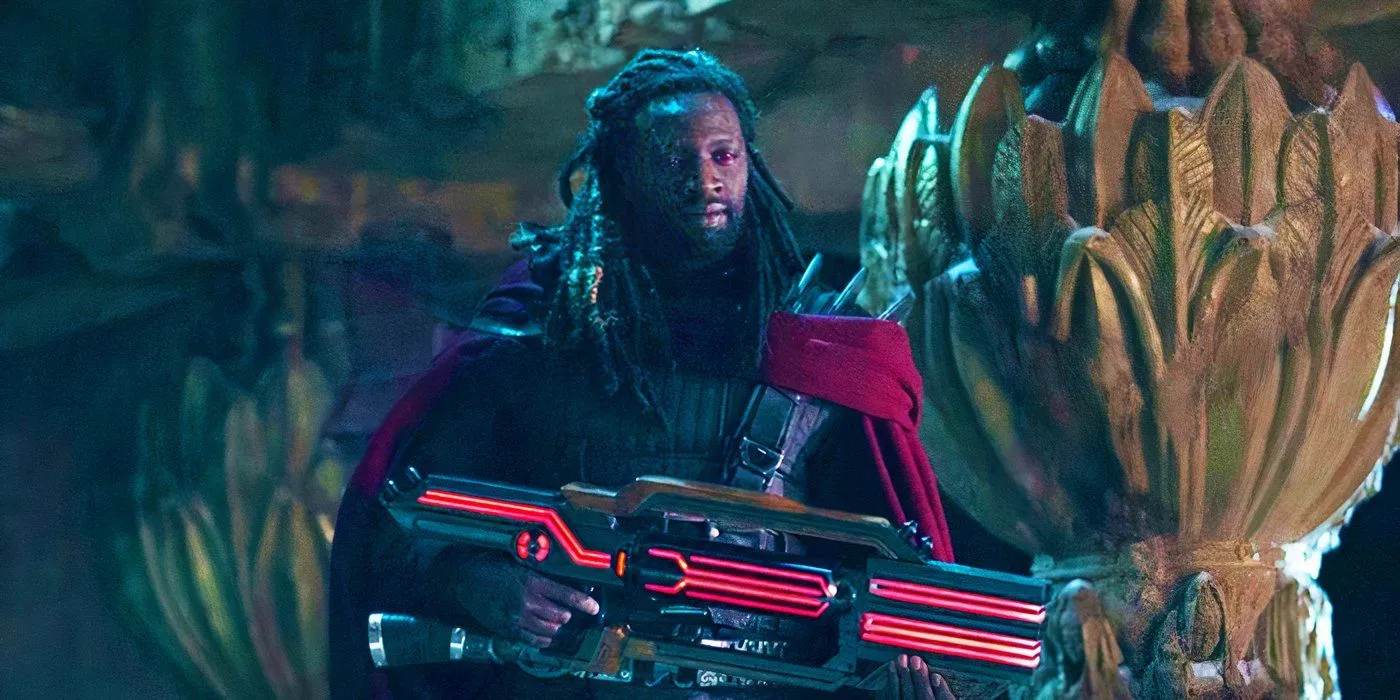
Bishop stands out as a fan-favorite character, thanks to his gritty personality and compelling narrative arc tied to time travel portrayed in *X-Men: The Animated Series*. Introduced in the “Days of Future Past”episodes, Bishop emerges from a desolate future ravaged by the Sentinels. His mission to travel back in time to avert disaster resonates deeply across both the animated and cinematic universes, establishing him as a cornerstone of the *X-Men* saga. The animated portrayal lays a rich foundation that informs Bishop’s ongoing legacy in the franchise, emphasizing his struggles in a dystopian setting.
